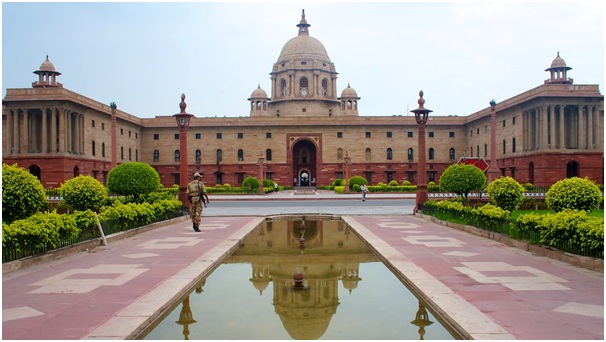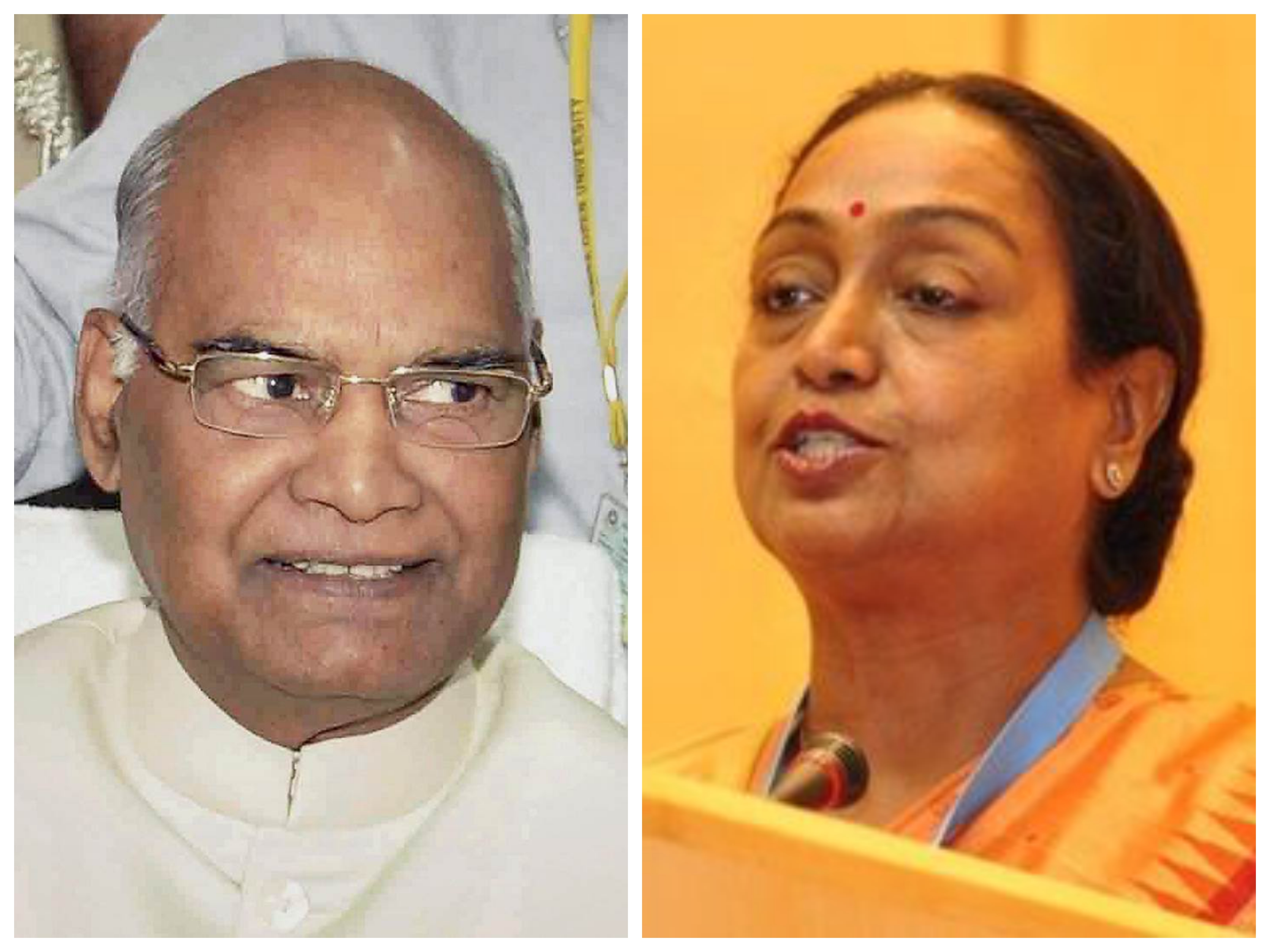As lawmakers vote to elect the 14th President of India today, experts say the result is almost a foregone conclusion given the dominance of the electorate shown by the Bharatiya Janata Party (BJP) and its allies.
Indian Prime Minister Narendra Modi, who was addressing an all-party meeting ahead of the Parliament session, said it would have been better if the President had been chosen by consensus. “However, it is a matter of satisfaction and pride that the election campaign has been a dignified one. All the political parties need to be congratulated. All parties must ensure their Members of Parliament (MPs) and Members of Legislative Assembly (MLAs) cast their votes so that not a single vote is wasted,” he added.
Meet the candidates
After screening out 93 of 95 hopefuls who filed nomination papers, the final two candidates for the post of President are backed by the government and opposition.
Making a move that came as a surprise to many, the BJP named Bihar governor Ram Nath Kovind, a Dalit BJP leader, as the ruling National Democratic alliance (NDA) government’s candidate for the Head of State.
Kovind, 72, if elected, will be the second Dalit President after KR Narayanan. An advocate by profession. He has practised in both the Delhi High Court and Supreme Court. Kovind was made the governor of Bihar two years ago after the NDA came to power.
He has the backing of all the BJP allies besides several regional parties, and his choice as a candidate is seen as a masterstroke by PM Narendra Modi to placate his allies and divide the opposition.
Rejecting calls for a consensus, the opposition led by the Congress pitched veteran politician and former diplomat Meira Kumar’s hat into the ring. Kumar, from Bihar, is the daughter of Jagjivan Ram, a freedom fighter, Dalit leader and former deputy Prime Minister of India. The 72-year-old was the first woman and Dalit to be chosen as the Speaker of the Lok Sabha. She has also been a minister of the United Parties Alliance (UPA) government.
Kumar is a five-time member of the Lok Sabha, and won her first election in 1985. Before that, as a diplomat, she served in the embassies in Spain, the UK and Mauritius. She also served as a member of the India-Mauritius Joint Commission.
In a speech about the election, Congress chief Sonia Gandhi said, “This election represents a clash of ideas, a conflict of disparate values. The election demands a vote of conscience to preserve the India that the Mahatma and that illustrious generation of freedom fighters, joined by thousands upon thousands of ordinary men and women, fought for.”
Voting Process
Voting is in Parliament House and respective state assemblies between 10 am and 5 pm on July 17. The counting of votes will take place on July 20 in New Delhi where all the ballot boxes will be brought from various state capitals. The Electoral College which elects the President through the system of proportional representation comprises MPs and members of state legislative assemblies.
A total of 4,896 voters — 4,120 MLAs and 776 elected MPs — are eligible to cast their ballot. Since the election is through a secret ballot, the parties cannot issue a whip to their members to vote for a particular candidate. A total of 32 polling stations — one in Parliament House and one each in the state legislative Assemblies — have been set up.
The total strength of the electoral college is 10,98,903 votes, with each Parliamentarian carrying a vote value of 708. The vote weight of a member of a State Assembly is calculated keeping in mind the population of the state he or she represents. A candidate needs 50 per cent-plus votes to win the poll. That translates to 5,49,452 votes.
Thirty-three observers have been appointed by the EC to oversee the conduct of election. While two observers will be present in the Parliament House, one each will be deployed in the respective state assemblies.
Foregone conclusion?
Kovind's victory against Kumar is said to be a foregone conclusion because almost 40 parties, including many from outside the NDA fold, have pledged to support him. Significantly, Nitish Kumar's Janata Dal (U), will also be supporting Kovind, going against its Bihar 'grand alliance' partners, the Congress and Lalu Prasad's RJD.
The election for the post of Vice President is scheduled for August 5. Gopalkrishna Gandhi, the joint Opposition candidate for the post, will file his nomination papers tomorrow. The NDA has yet to decide on its candidate for the post.


